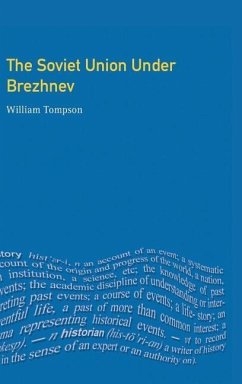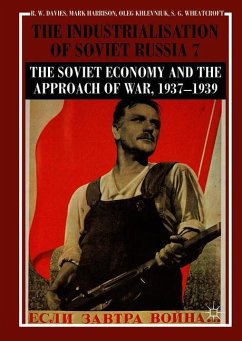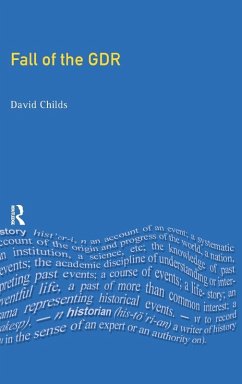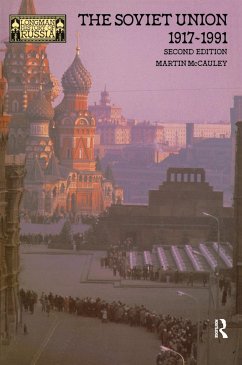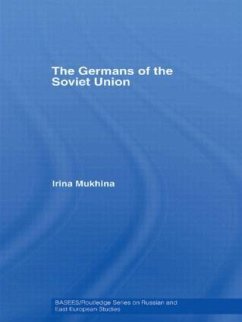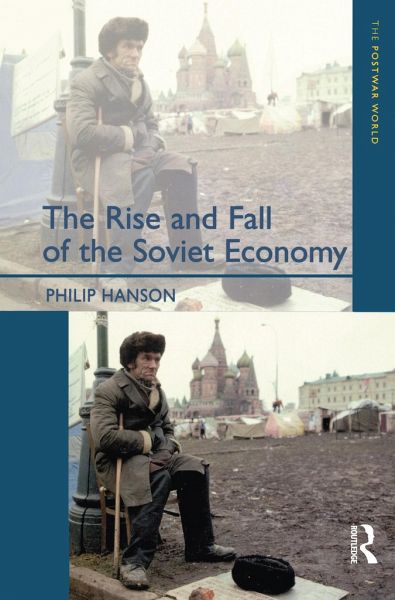
The Rise and Fall of the The Soviet Economy
An Economic History of the USSR 1945 - 1991
Versandkostenfrei!
Versandfertig in 1-2 Wochen
168,99 €
inkl. MwSt.
Weitere Ausgaben:

PAYBACK Punkte
84 °P sammeln!
This new textbook draws on personal experience and literary sources, including memoirs, as well as available economic data and analyses, to illustrate the reality of everyday life and of economic policy making in the post-war Soviet Union. The author argues that the Soviet economic system was capable of producing economic growth, and did for most of its existence exhibit growth. But it revealed over a time a key weakness compared with capitalism: a systemic inability to cope well with technological change, which doomed the Soviet economy in the long-run. Moreover, 'success' in partially libera...
This new textbook draws on personal experience and literary sources, including memoirs, as well as available economic data and analyses, to illustrate the reality of everyday life and of economic policy making in the post-war Soviet Union. The author argues that the Soviet economic system was capable of producing economic growth, and did for most of its existence exhibit growth. But it revealed over a time a key weakness compared with capitalism: a systemic inability to cope well with technological change, which doomed the Soviet economy in the long-run. Moreover, 'success' in partially liberalising Soviet society, so that terror receded into the background, reduced the effectiveness of a top-downeconomic system that relied on authority and obedience. Of major interest to courses on the Soviet experience in departments of history, politics and economics




